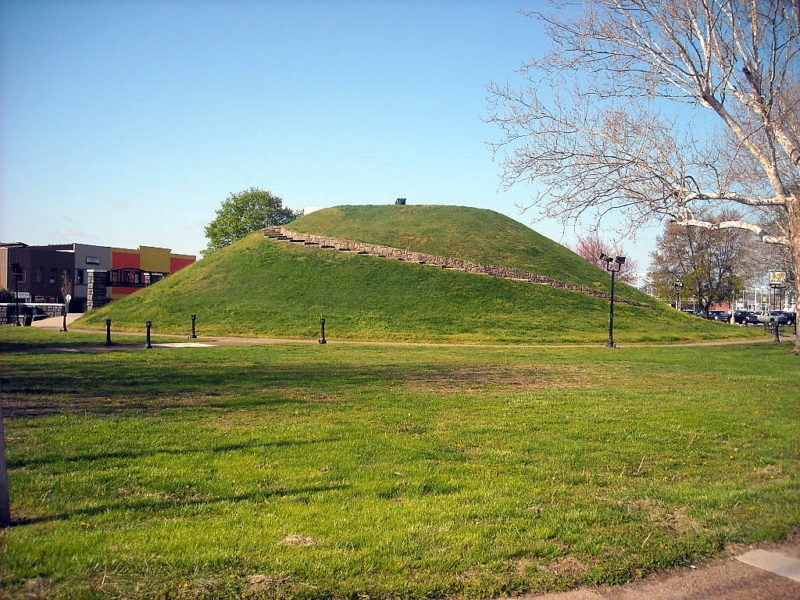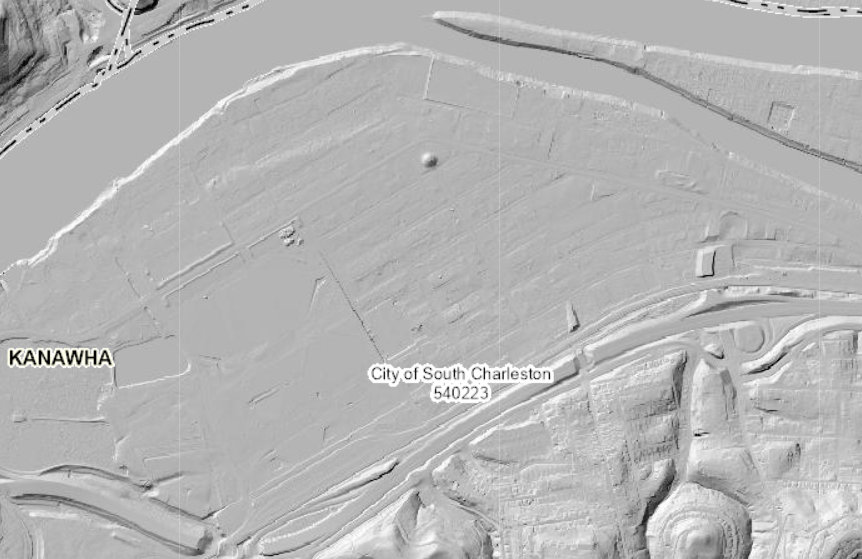
The Criel Mound, also known as the South Charleston Mound, is located along MacCorkle Avenue in central South Charleston, West Virginia, in Kanawha County.
The mound is the second largest Adena mound in West Virginia and is believed to have been developed between 250 and 150 B.C. Some evidence suggests the site was used by Native Americans as late as 1650.
The Criel Mound was originally one of 50 mounds and prehistoric earthworks that extended from present-day Charleston, West Virginia, to near Institute, West Virginia. Most were destroyed during the industrialization of the Kanawha Valley, which followed the completion of the Chesapeake & Ohio Railway in 1872. The nearby Sunset Mound and the Dunbar Mound at Shawnee Park in Dunbar, West Virginia, also survive.
The South Charleston Mound was significantly altered in the late 1800s when a race track for horses was built around its base. Its top was flattened to accommodate a podium for race judges. The mound initially measured about 175 feet in diameter and 35 feet in height. It is now approximately 140 feet in diameter and 25 feet in height.
The mound was excavated by Professor P. W. Norris of the Smithsonian Institute in 1883-84. Norris provided the following description of the excavation in "Ancient Works Near Charleston" for the U. S. Bureau of Ethnology:
"At the depth of three feet, in the center of the shaft, some human bones were discovered, doubtless parts of a skeleton said to have been dug up before or at the time of the construction of the judges' stand. At the depth of four feet, in a bed of hard earth composed of mixed clay and ashes, were two skeletons lying on their backs, heads south and feet near the center of the shaft. Near the heads lay two celts, two stone hoes, one lance head, and two disks."
At a depth of 31 feet, numerous other skeletons were found, including a burial vault with the remains of eleven persons believed to be an Adena leader and ten of his servants. Numerous artifacts, including various jewelry and weapons, were found during the excavation.































